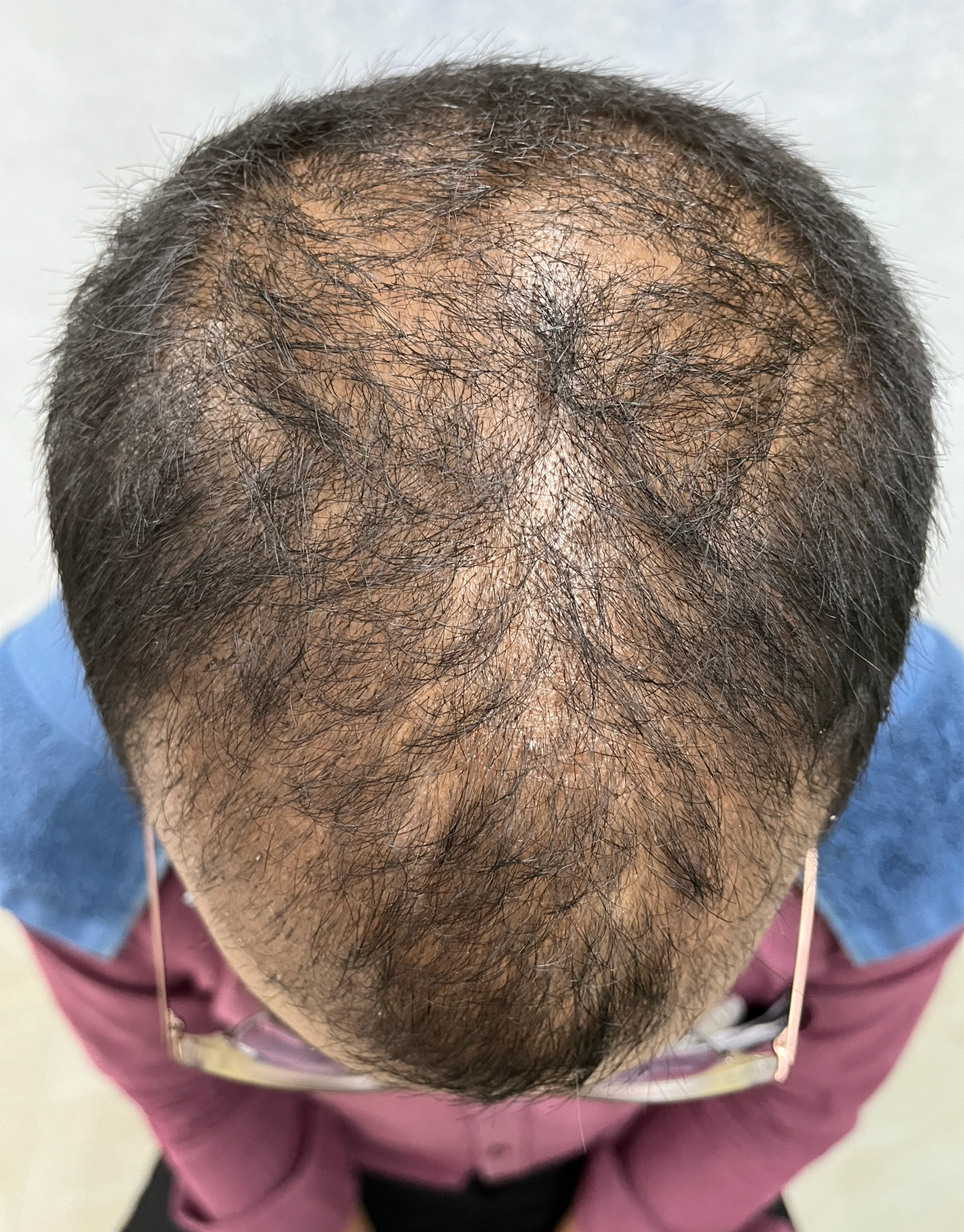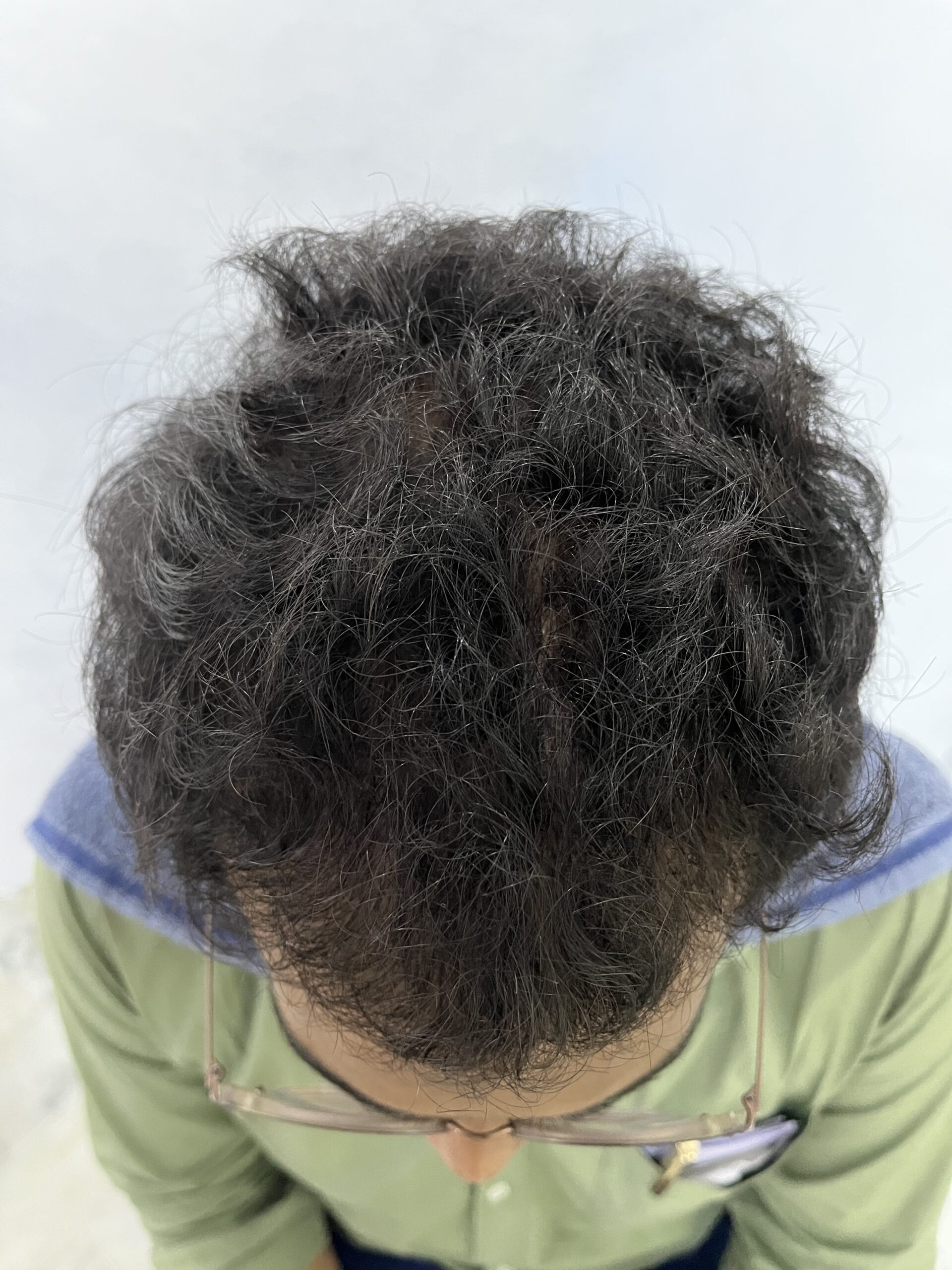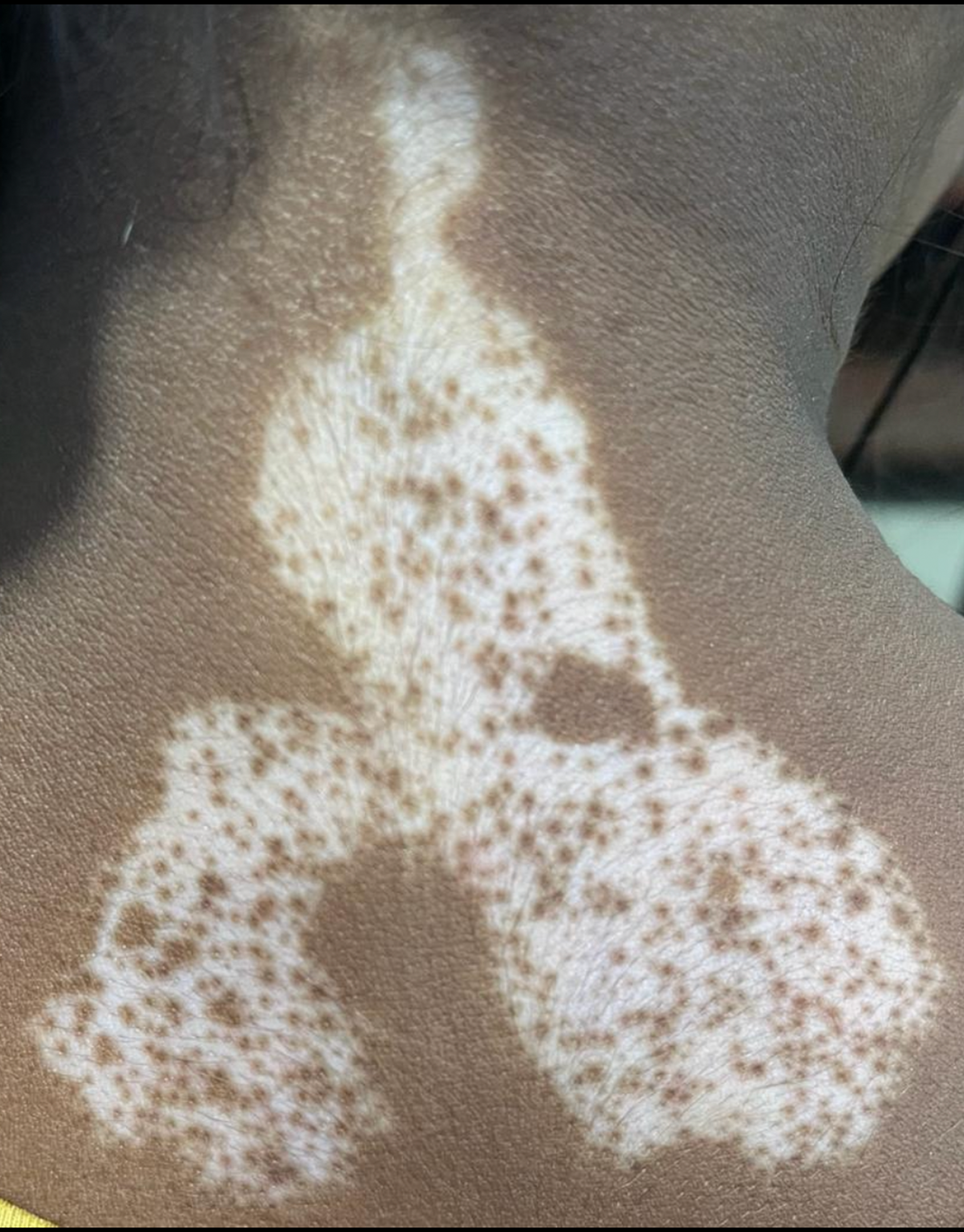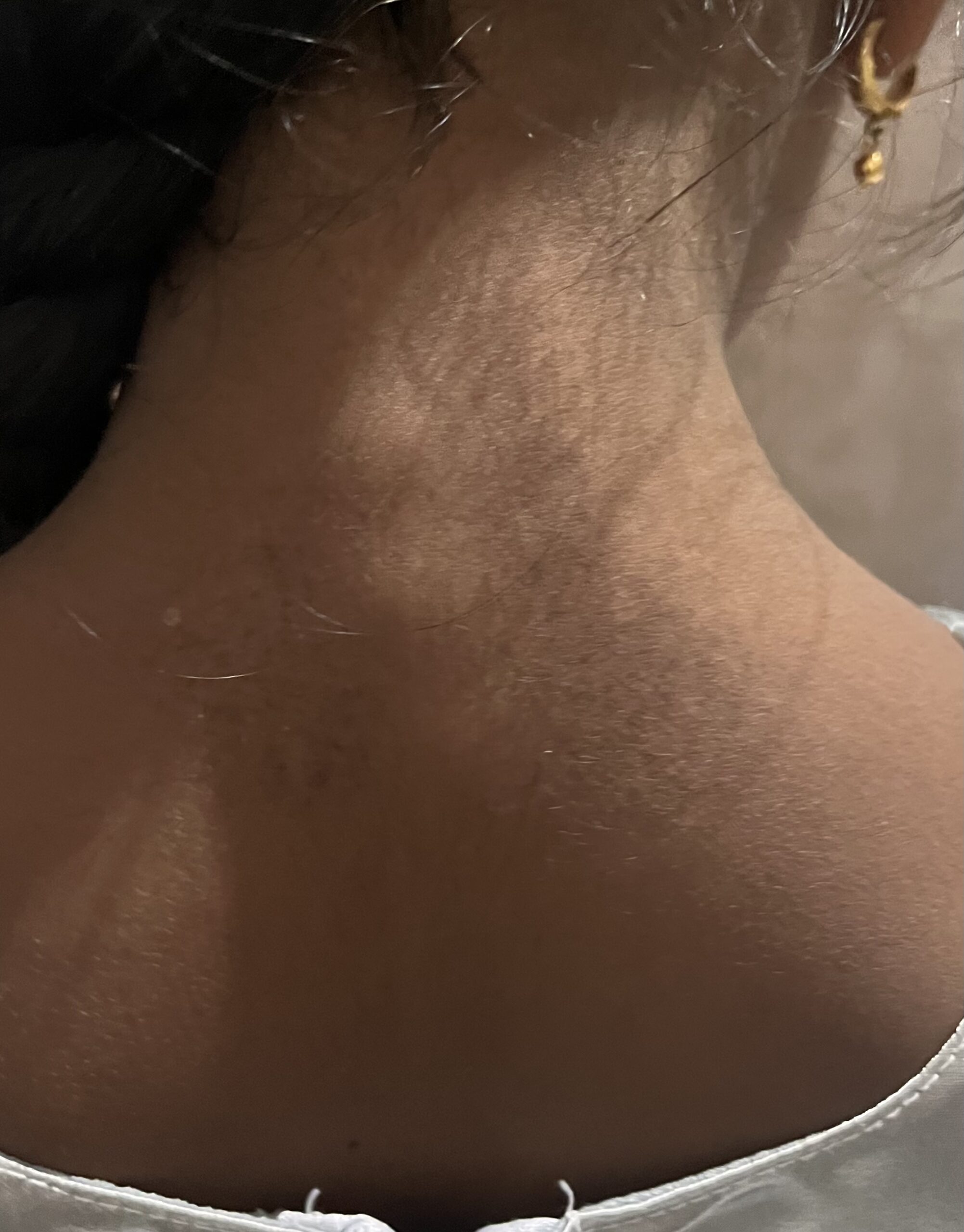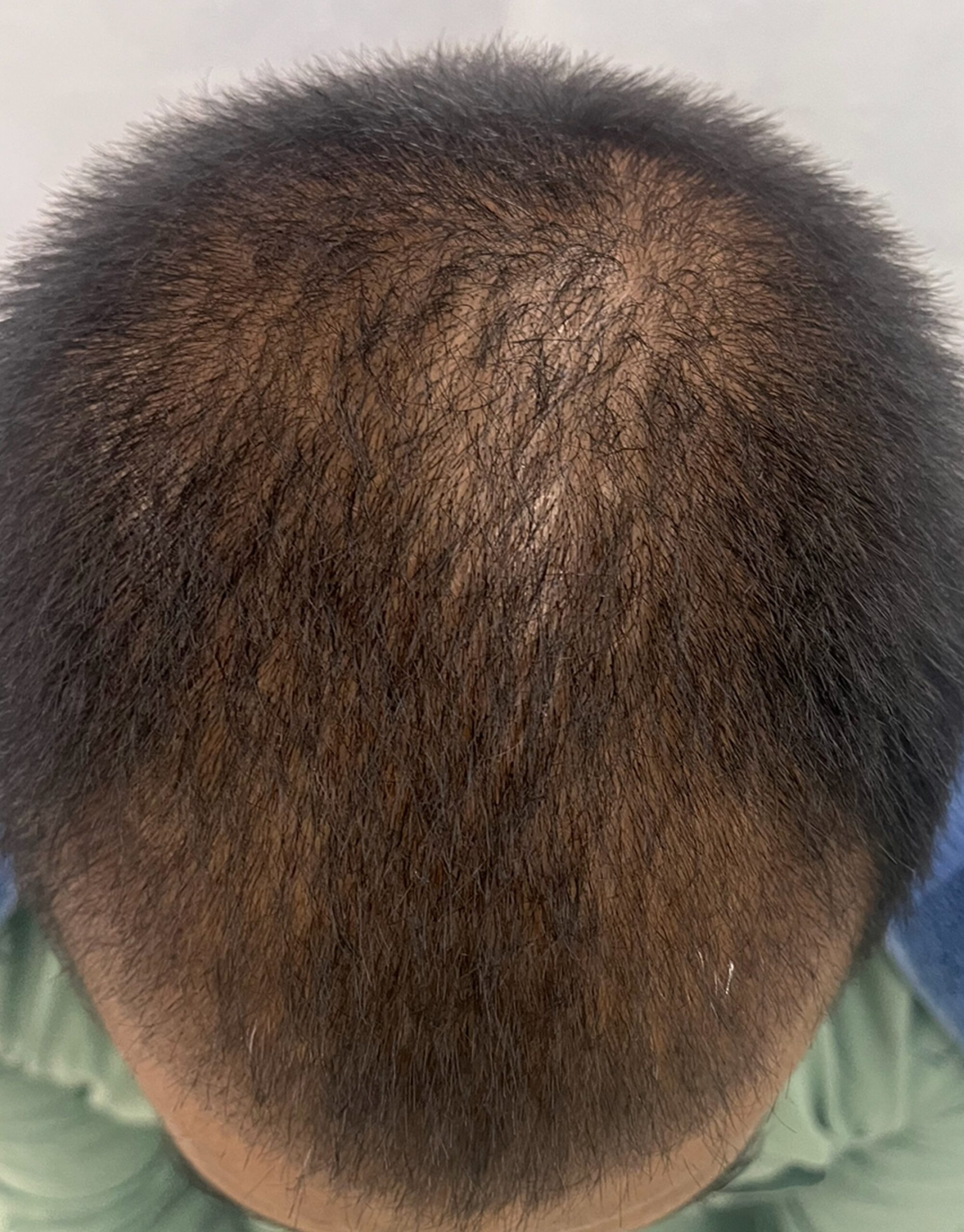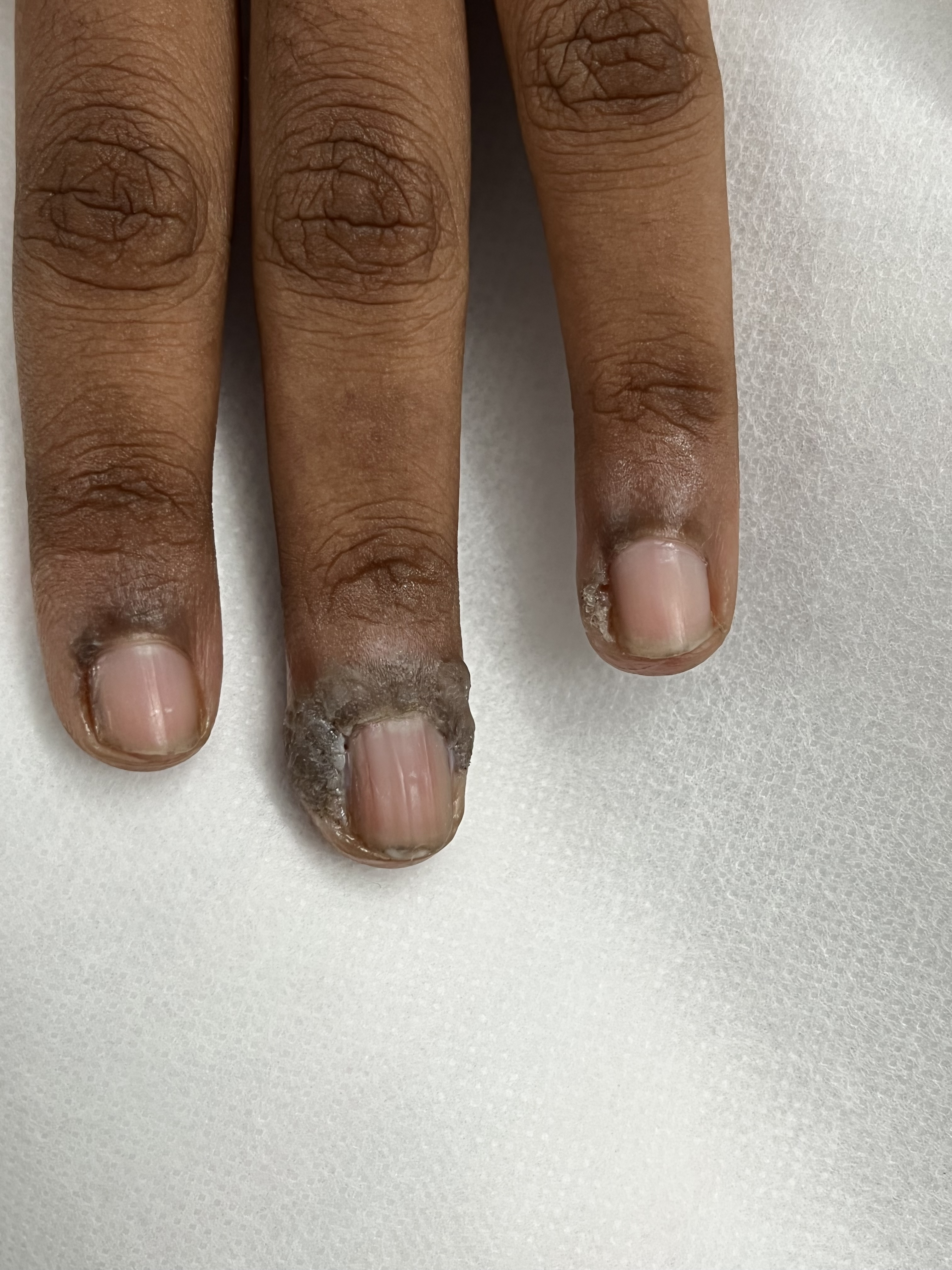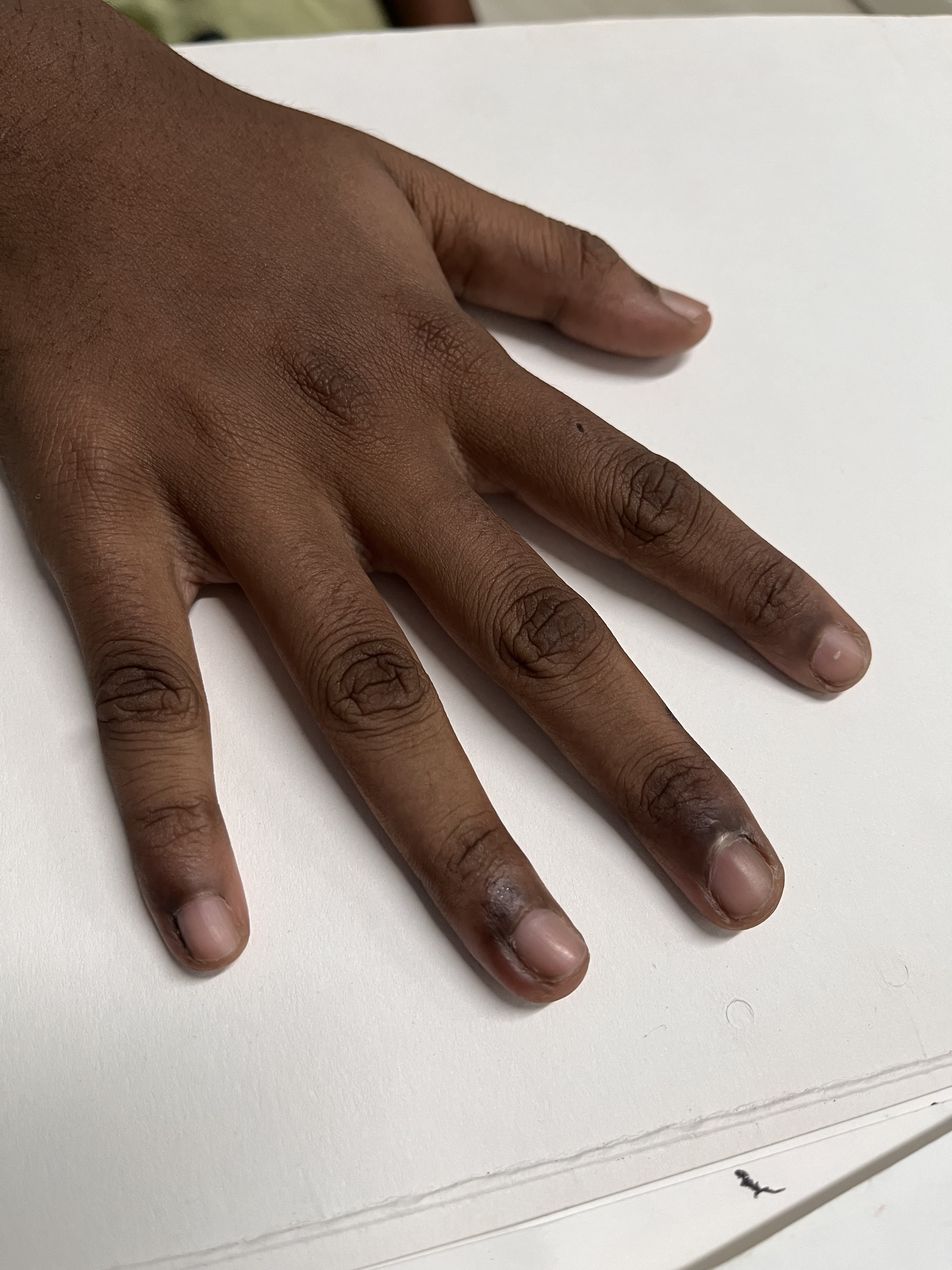Platelet Rich Plasma [PRP] Therapy
Introduction
A medical procedure called platelet rich plasma (PRP) therapy makes use of the patient’s own blood to encourage tissue regeneration and recovery. PRP treatment has been used to support tissue repair and regeneration in a number of medical specialties, including dermatology, orthopedics, and sports medicine. PRP treatment for hair loss entails taking a patient’s blood and centrifuging it to separate the platelet-rich plasma from the other blood components. The scalp’s hair follicle level is where the platelet-rich plasma is next administered. The platelet-rich plasma’s growth factors and other proteins stimulate the hair follicles and aid in the development of new hair.
PRP therapy for hair loss is usually administered over the course of several months in a series of treatments. The severity of hair loss and each patient’s reaction to therapy will determine the number of treatments and the time between treatments. Since the patient’s own blood is used in the procedure, there is less chance of an allergic response or other negative side effects. PRP therapy is generally regarded as a safe and minimally invasive procedure. However, there are risks associated with any medical treatment, so patients should talk to a dermatologist or a healthcare provider about the advantages and disadvantages of PRP therapy.

Pathophysiology
Platelets’ capacity to produce growth factors and other bioactive molecules that support tissue repair and regeneration forms the basis of the pathophysiology of Platelet Rich Plasma (PRP) treatment for hair loss. Blood molecules called platelets are essential to the body’s self-healing process. Platelets become activated in response to tissue damage or injury and produce growth factors, cytokines, and other bioactive molecules that aid in tissue regeneration and repair.
The growth factors and other proteins released by platelets in cases of hair loss can stimulate hair follicles and encourage hair development. PRP therapy includes concentrating platelets and growth factors in a small volume of plasma using the patient’s own blood. The scalp’s hair follicle level is then infused with this platelet-rich plasma. More research is required to identify the most effective treatment regimens and the long-term effects of PRP therapy because the precise mechanism by which it treats hair loss is not completely understood. However, other medical specialties have demonstrated the regenerative benefits of the growth factors and other bioactive molecules released by the platelets in PRP treatment.
Side Effects
- Pain or discomfort at the injection site: Patients may feel some pain or discomfort where the shot was given.
- Swelling: Ice packs and painkillers can be used to reduce any swelling that patients feel at the injection site.
- Redness: Patients may experience a small amount of redness at the injection location, which usually goes away quickly.
- Itching: Mild itching at the injection site is a possibility for some people; this can be treated with over-the-counter anti-itch creams.
- Bleeding or bruising: Patients may experience minor bleeding or bruising at the injection site. These side effects typically go away in a few days.
- Infection: Despite being extremely uncommon, there is a very slight chance of infection with any injection, including PRP therapy.
How do Dermatologists do Platelet Rich Plasma [PRP] Therapy?
Dermatologists typically perform Platelet Rich Plasma (PRP) therapy for hair loss in the following steps:
- Consultation: During the consultation, the dermatologist and patient will talk about the patient’s medical background, present medications, and any prior hair loss treatments. To assess the severity of the hair loss and whether PRP therapy is an appropriate course of treatment, they will also look at the patient’s head and hair.
- Blood draw: The dermatologist will take a tiny sample of the patient’s blood to determine whether they are a candidate for PRP therapy.
- Centrifugation: The platelet-rich plasma is separated from the remainder of the blood during the processing of the blood in a centrifuge.
- Injection: Using a very tiny needle, the platelet-rich plasma is then injected into the scalp at the level of the hair follicles. Typically, the injections are given across the body in a grid-like arrangement.
- Post-treatment care: Usually, the patient is instructed to refrain from shampooing their hair for at least 24 hours following the procedure and to stay away from strenuous activities or those that could make them perspire heavily for the first few days following the procedure. In order to promote hair growth, they might also be given supplements or topical medications.
Before & After Treatment Images
